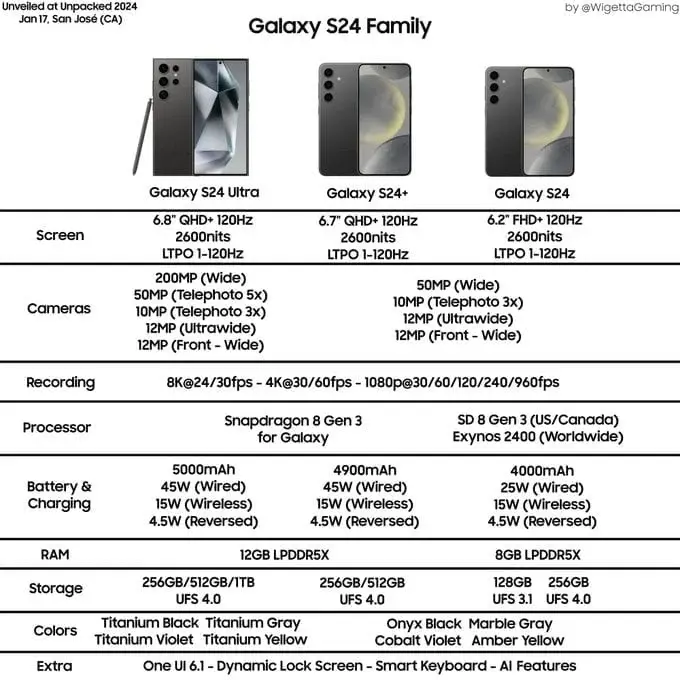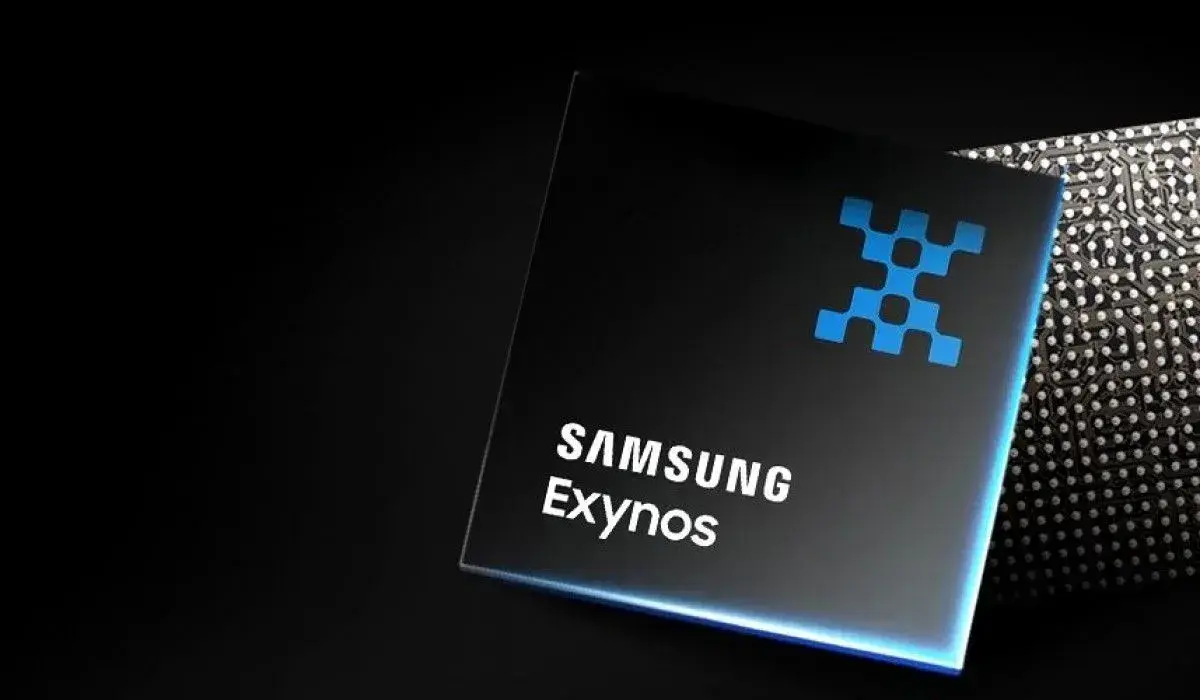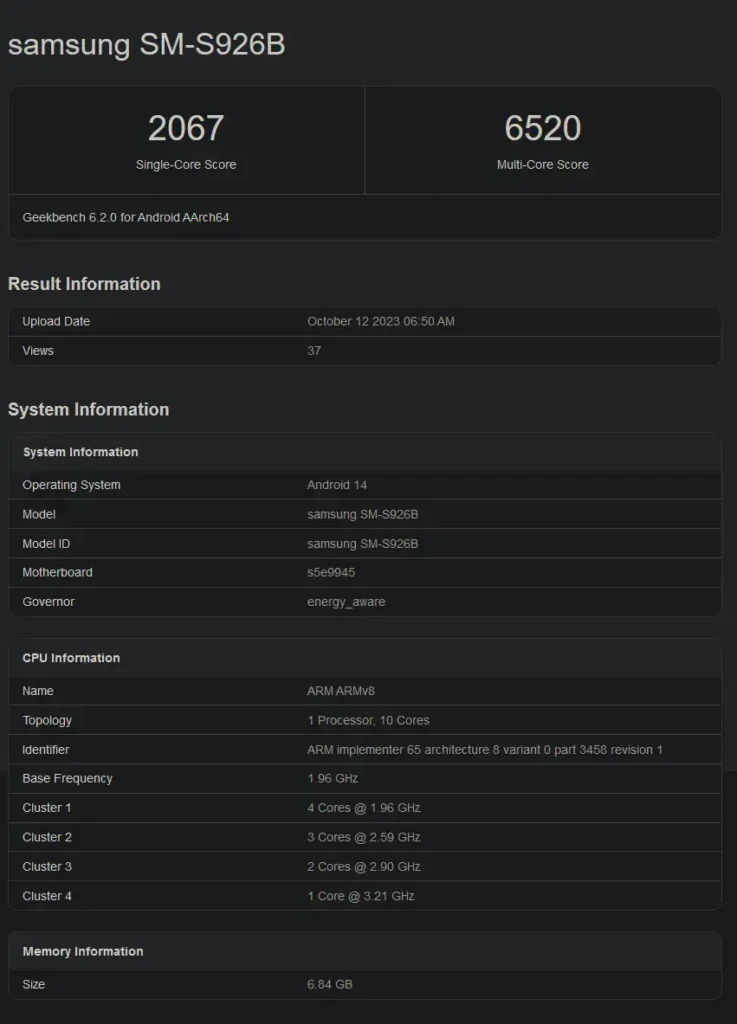Samsung Galaxy S24 Series: Leaked Infographic Reveals Key Specifications
A leaked infographic has provided an in-depth look at the upcoming Samsung Galaxy S24 series, which is set to be unveiled next month. The leaked specs sheet, shared on X (formerly Twitter) by WigettaGaming, sheds light on the flagship smartphone lineup's key details and features.
Exynos 2400 for Global Markets
According to the leaked infographic, the Galaxy S24 series will be equipped with the Exynos 2400 processor for the global markets. However, for the US and Canada, the Galaxy S24, Galaxy S24+, and Galaxy S24 Ultra are expected to come with the Qualcomm Snapdragon 8 Gen 3 SoC. This marks a return to Samsung's usual cycle of launching devices with Snapdragon processors in the US, while the rest of the world receives the Exynos variants.
AMOLED LTPO Display with Variable Refresh Rate
The leaked infographic also confirms that the entire Galaxy S24 lineup will feature an AMOLED LTPO display with a variable refresh rate. The refresh rate will range from 1Hz to 120Hz, offering a smooth and fluid user experience. The Galaxy S24 will sport a 6.2-inch FHD+ panel, while the Galaxy S24+ and Galaxy S24 Ultra will come with 6.7-inch and 6.8-inch QHD+ panels respectively.
Impressive Camera Setup
In terms of camera capabilities, the Galaxy S24 Ultra will boast a 200-megapixel quad-camera setup, delivering exceptional photography performance. On the other hand, the base Galaxy S24 and the Galaxy S24+ models will feature a 50-megapixel triple camera setup, ensuring high-quality images and videos.
Power and Performance
The Galaxy S24 and Galaxy S24+ will be equipped with 8GB of LPDDR5X RAM, while the Galaxy S24 Ultra will offer 12GB of LPDDR5X RAM. These devices are expected to provide smooth multitasking and efficient performance. Additionally, the Galaxy S24 series will come pre-installed with the Android 14 operating system and One UI 6.1 custom skin. Users can expect a range of features including Dynamic Lock Screen, Smart Keyboard, and various AI functionalities.
Color Options
In a separate report, it was revealed that the Galaxy S24 and S24+ will be available in Orange, Purple, and White variants. These vibrant color options add a touch of personalization to the devices, allowing users to choose a color that suits their style.
With the leaked infographic providing a comprehensive overview of the Samsung Galaxy S24 series, anticipation for the upcoming flagship smartphones is building. Fans and tech enthusiasts alike are eagerly awaiting the official unveiling next month to get a closer look at these highly anticipated devices.





